Two years ago, I would have never put in so much effort in cooking and plating this Kanki no Khichdo ema Jowar+Ghau na Muthiya (simply put heirloom rice risotto with millet dumplings). In the Gujarati cuisine, Khichri and Khichro are different kinds of hotchpotches made to suit the season (I have yet to explore the different kinds of Khichda we make and the reason they are called so). While Khichri is an every day food, Khichdo is much celebrated preparation. It is a winter delicacy made with whole hulled grains like wheat, rice, moong, bajra with a sweet version as well.
In 2018, I did cook and share this dish here but never did a blog post, as the picture failed to showcase the muthiya, an important element to this otherwise simple food preparation. Since the @shalikuta journey began I have started treating the fragrant heritage rice with great respect, and this gorgeous slow-cooked Khichdo I made with supremely fragrant heirloom Khushboi rice turned out to be the best I have had. I cooked it in a clay pot. For the jowar and wheat flour muthiya that I had lost in the previous attempt, I washed, sun-dried the jowar grains and ground them in a chutney jar, kneaded to a flavoured soft dough, pulled out the Gnocchi board to shape them as petit shells. Refused to dump them in the simmering Khichdo to cook them all together in one pot rather chose to cook them separately. The cooking water was later added to the simmering Khichdo. To jazz up the dish (for a better visual appeal) I decided to make a topping of garlic, curry leaves and chilli infused oil with some fried peanuts to dot the relaxed Khichdo. That was 2 hours well spent. And if you are prepared to dive deep into the treasure chest that a food blogger’s refrigerator is you are sure to be rewarded with some great finds, like I found a pack of 4-year-old dried Surti Ponk that I boiled to turn into a salad you see on the top right. And that garlic tempered dahi/yogurt Sarika taught me is a family favourite that always shows up at our meals.
Slow cooked, one pot meals are easy to prepare and do not call for any special ingredients. This dish too proves to be just that. The jowar is a body cooling millet that is widely cultivated and consumed towards the south of Gujarat. The Krishna Kamod rice too is preferred for its cooling properties, try using fragrant variety of small grained rice for this Khichda. It does make a lot of difference in the aroma and flavours of the dish. Summers seem to be perfect time to cook up some one pot meals like these that call for post meal siesta…
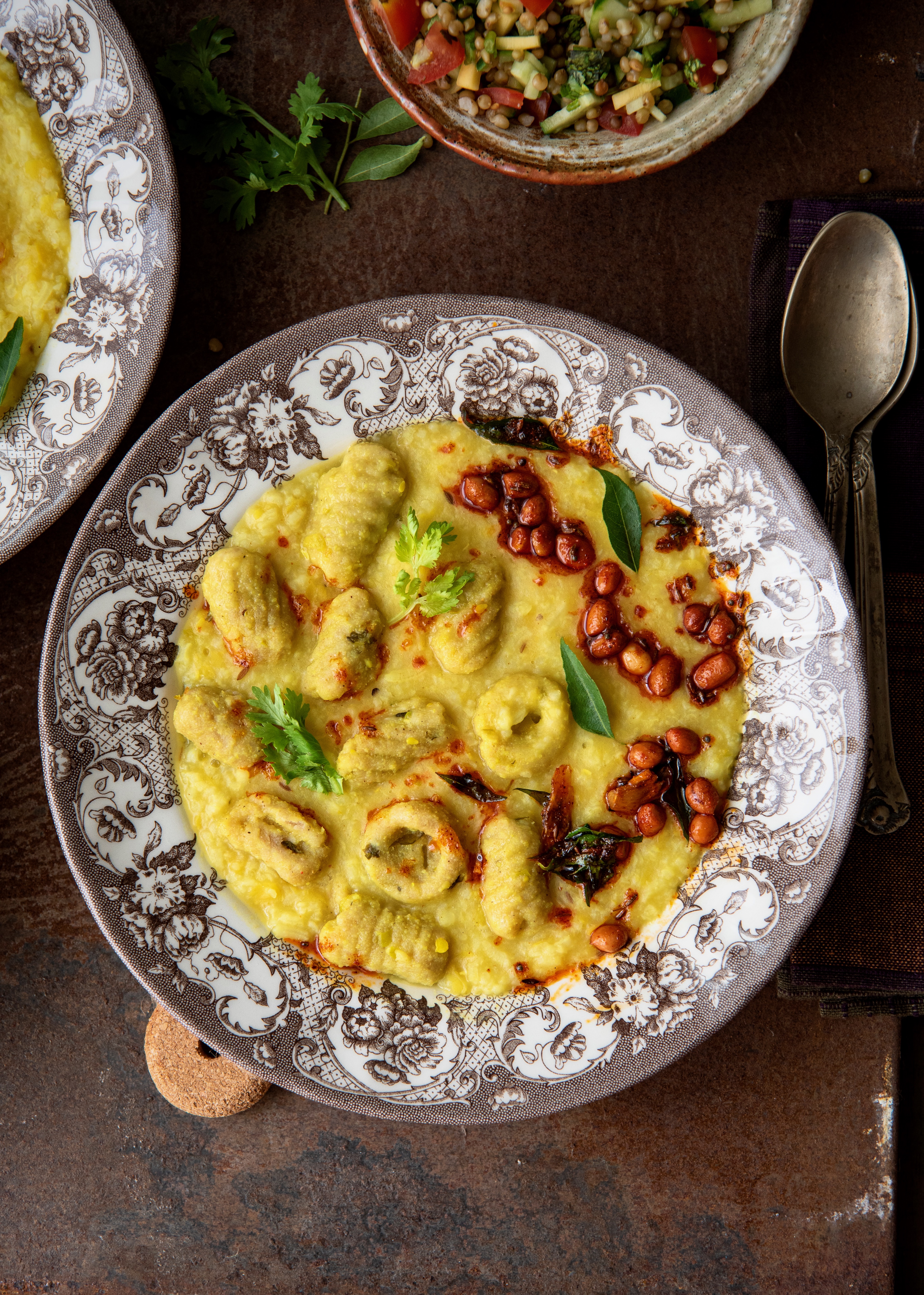
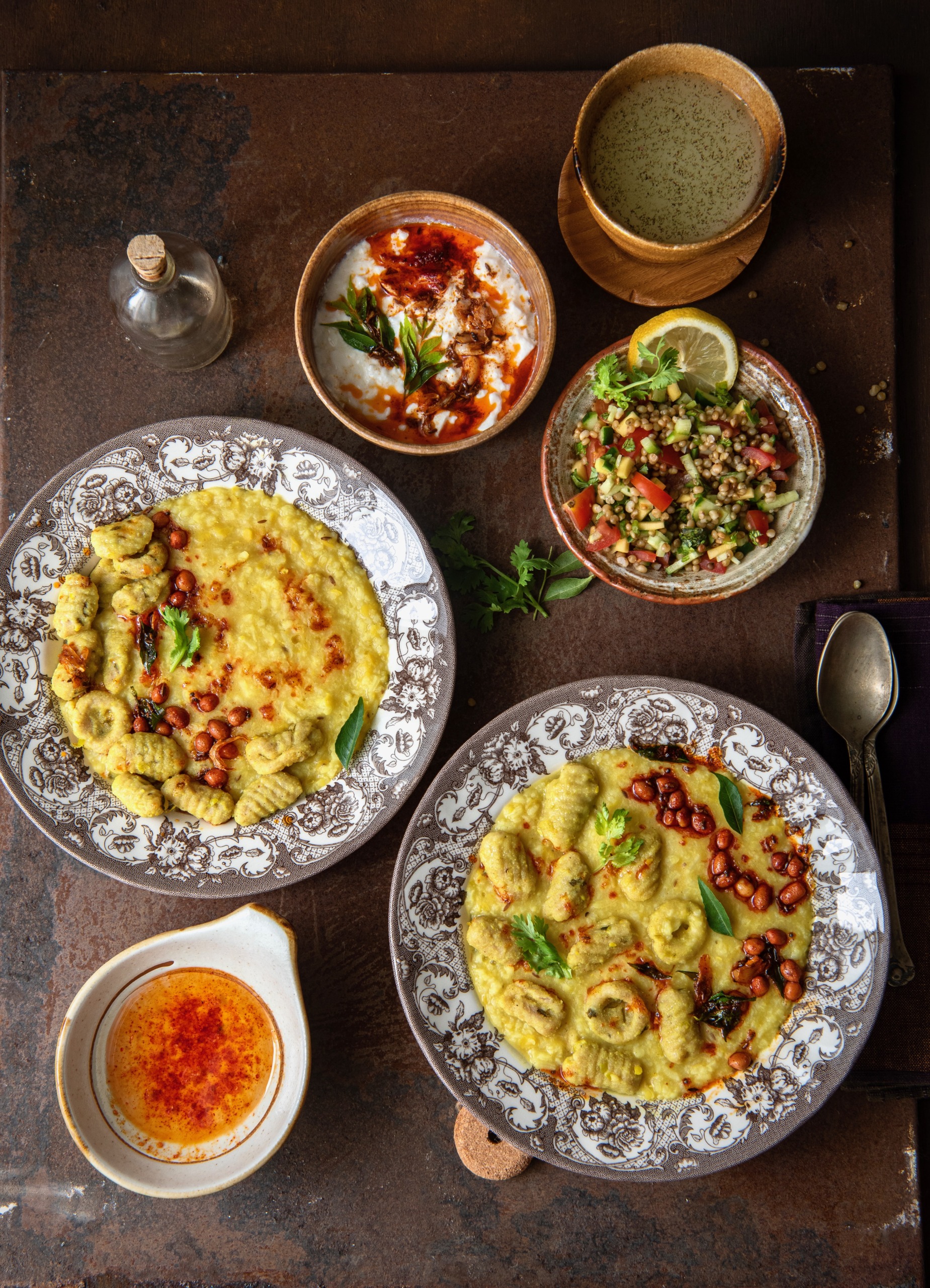
Kanki no Khichdo ema Jowar ane Ghau na Muthiya
Ingredients
- For the Muthiya
- 1/2 cup whole wheat flour
- 1/2 cup jowar flour
- 2 tablespoons oil, peanut preferred
- 1 tablespoon ginger+green chilli paste or mince
- a pinch of asafoetida
- 1/4 teaspoon turmeric powder
- 1 teaspoon sugar
- 1/2 teaspoon sesame seeds
- 2-3 tablespoons finely chopped coriander
- yogurt, to bind the mix into a stiff dough
- salt to taste
- For the Khichdo
- 1/4 cup toor dal/split pigeon pea
- 1/3 cup small grained rice or broken rice/kanki, aromatic
- 2 tablespoons ginger-green chilli paste
- 1/2 teaspoon jeera/cumin seeds
- 1/2 teaspoon turmeric powder
- a pinch of hing/ asafoetida
- salt to taste
- 5 cups plus more water, keep hot water handy
- Topping oil
- 2 tablespoons oil
- 1/2 teaspoon jeera/cumin seeds
- 1 spring curry leaves
- 1/4 cup raw peanuts
- 1/2 teaspoon red chilli powder
Instructions
For the Mithiya
in a mixing bowl, bring to gather the flours, spices, sesame seeds, ginger chilli mince, coriander and oil.
Using your hands mix everything together.
Add a tablespoon of yogurt at a time to bind the mix into a stiff dough.
Knead the dough well.
Cover and let it rest for 10 minutes.
After it has rested divide the dough into large marble sized dough balls.
Shape as cylinders or gnocchi or any shape you prefer.
In a sauce pan, bring water to boil.
Once the water comes to a boil add the shaped muthiya and cook till they float on the top.
Remove and set aside. DO not throw away the water. We will use up the to cook the khichda.
Smear the reserved Muthiya in some ghee or oil to prevent from sticking together.
For the Khichdo
Before you being preparing the Muthiya, was and soak the dal and rice separately.
While the Muthiya are cooking, place a heavy bottom saucepan on medium flame.
Add the soaked dal, water, cumin seeds, turmeric powder, hing, salt.
Cook the dal till it is 1/2 done.
Add the soaked rice, minced ginger chilli. Mix it all well.
Add more water it required. I also added the remaining water in which the Muthiya were cooked.
I needed to keep adding the water through the cook as I was not aware of the absorption capacity of rice.
Continue to cool till rice and dal are completely cooked to a mushy consistency. You will be able to see the grains of rice but not as whole.
It took at least 5 cups of water. You want the Khichdo to be of the consistency of thick cake batter. It also thickens as it cools.
To prepare the topping oil, place a tadka pan/small wok on medium flame.
Add the oil. Once the oil heats up add the peanuts and fry till one or two crackle.
Turn off the flame.
Immediately add the cumin seeds, curry leaves and red cilli powder.
Use the mix as topping.
To assemble the dish, serve the Khichdo, place the Muthiya, drizzle the oil and peanuts.
If you do not wish to make the topping you can serve it with ghee or raw peanut oil.
Khichdo is served with Chaash and plain Dahi.
Notes
If you have access to Bhakhri flour, please use that. Same is with Jowar flour, it need not be milled super fine. Do not use long grained rice like Basmati to make this dish. If you do not wish to cook the Muthiya separately, you can add the shaped Muthiya to the simmering pot of Dal-Rice at the stage when the rice is half done. This is a one pot dish where in everything is cooked in one large pot.
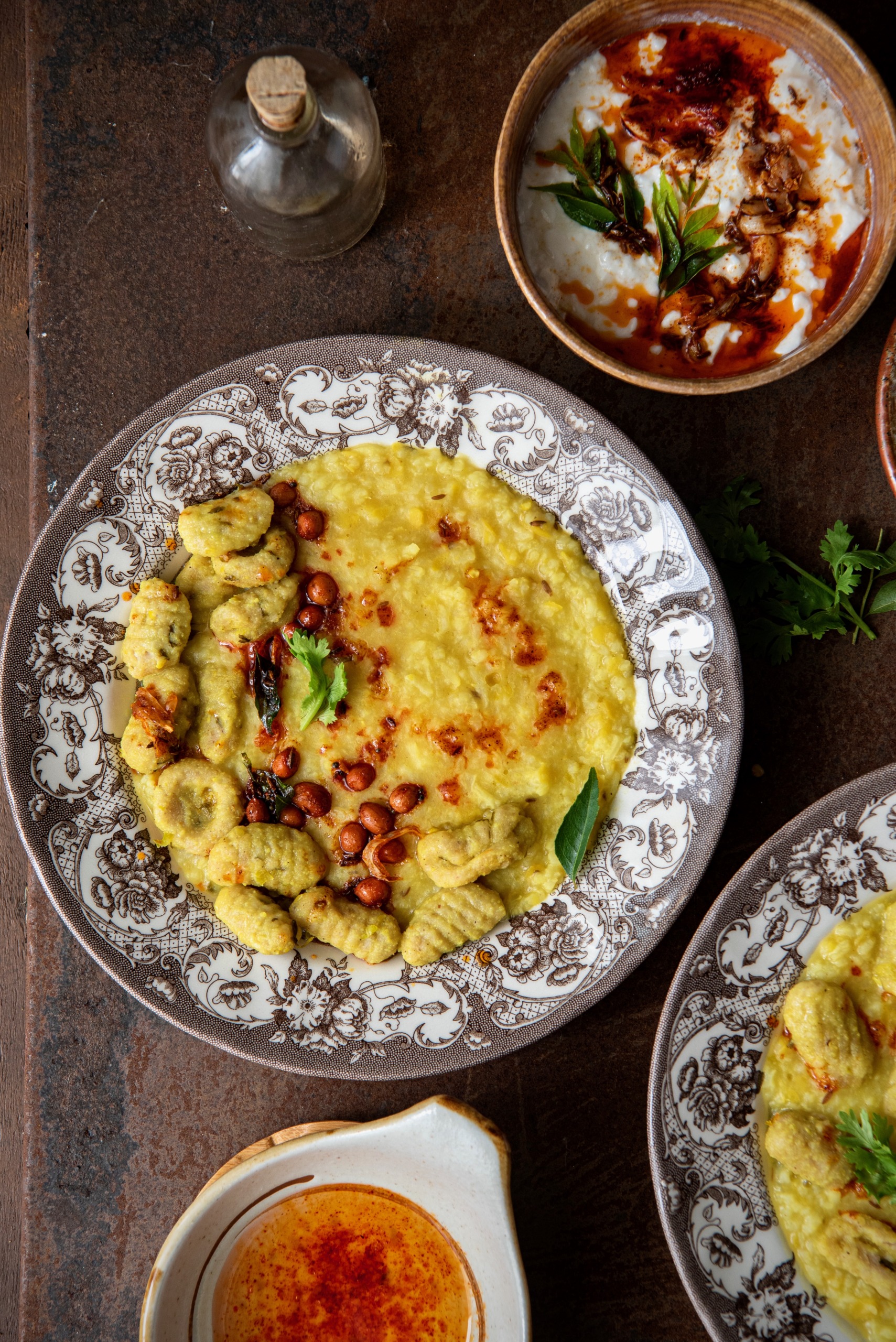


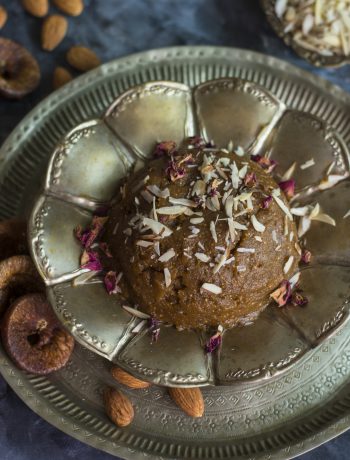
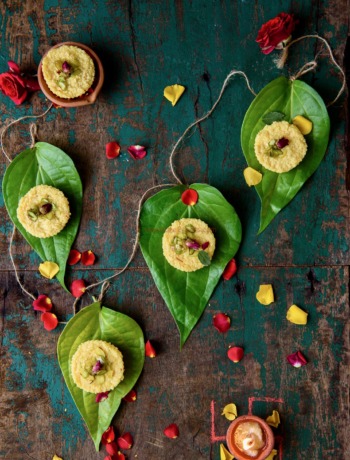
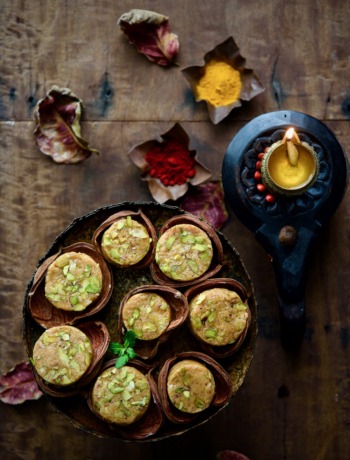
2 Comments
Aasha halan
June 29, 2020 at 7:35 amLove ur posts
Sheetal
June 29, 2020 at 11:14 amThank you so much Aasha ❤️